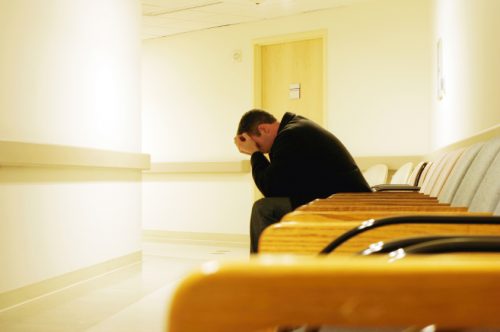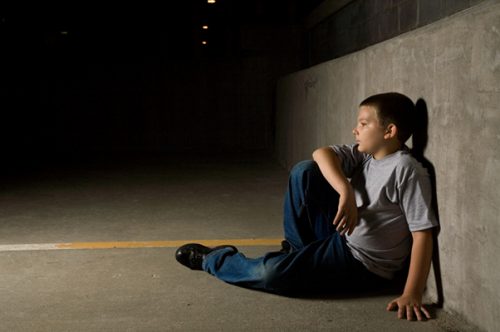The Inner Voice that Drives Suicide
Understanding a person in suicidal crisis One in five therapists has a patient who completes suicide. Understanding and preventing suicide is therefore one of the most frightening and important responsibilities of anyone who works as a psychologist or counselor. To treat suicidal patients, a therapist must understand what is going on in the mind of… Read more »
Learn More








